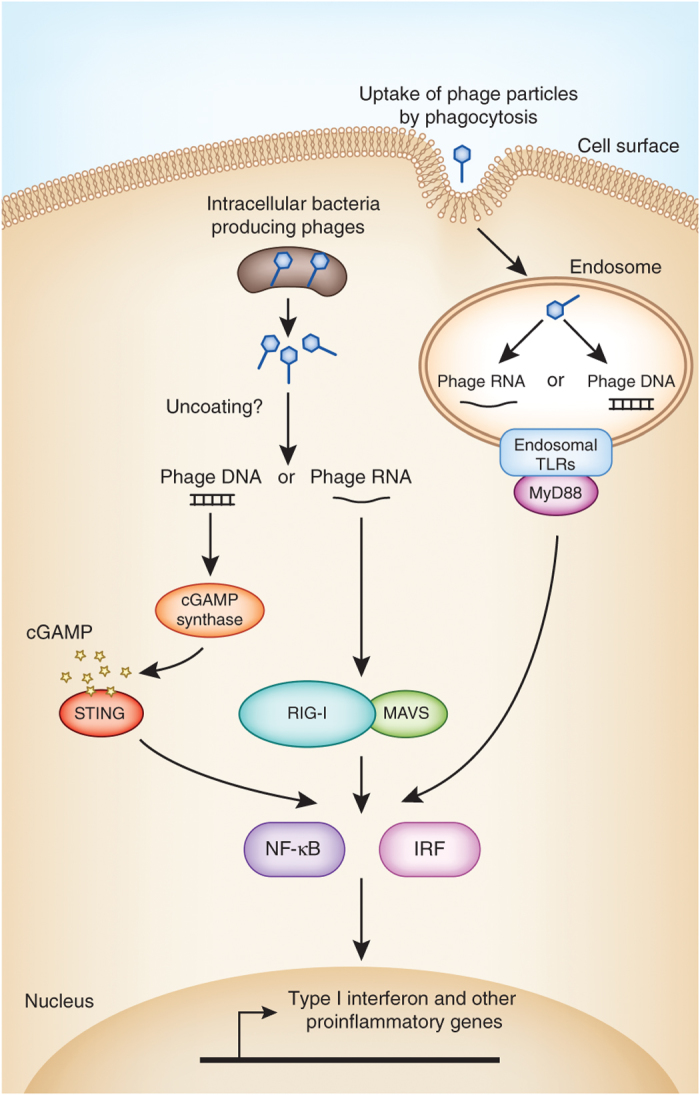Figure 3. Model for bacteriophage recognition by antiviral innate immune sensors.

DNA and RNA phages could be sensed by components of the mammalian innate immune system if cells directly phagocytize phage particles or if phages are delivered to the intracellular environment by phage-producing bacteria. After degradation of the phage particle, phagocytized phage nucleic acids could be sensed by endosomal Toll-like receptors such as TLR7 or TLR9. If intracellular phages are uncoated in the cytoplasm, the released nucleic acids could be sensed by the sensors cGAMP synthase (DNA) or RIG-I (RNA), which signal through stimulator of interferon genes (STING) and mitochondrial antiviral-signaling protein (MAVS), respectively. These viral nucleic acid sensors activate the transcription factors NF-κB, IRF3 and IRF7 to promote the transcription of antiviral effectors such as IFN-β and proinflammatory cytokines.
